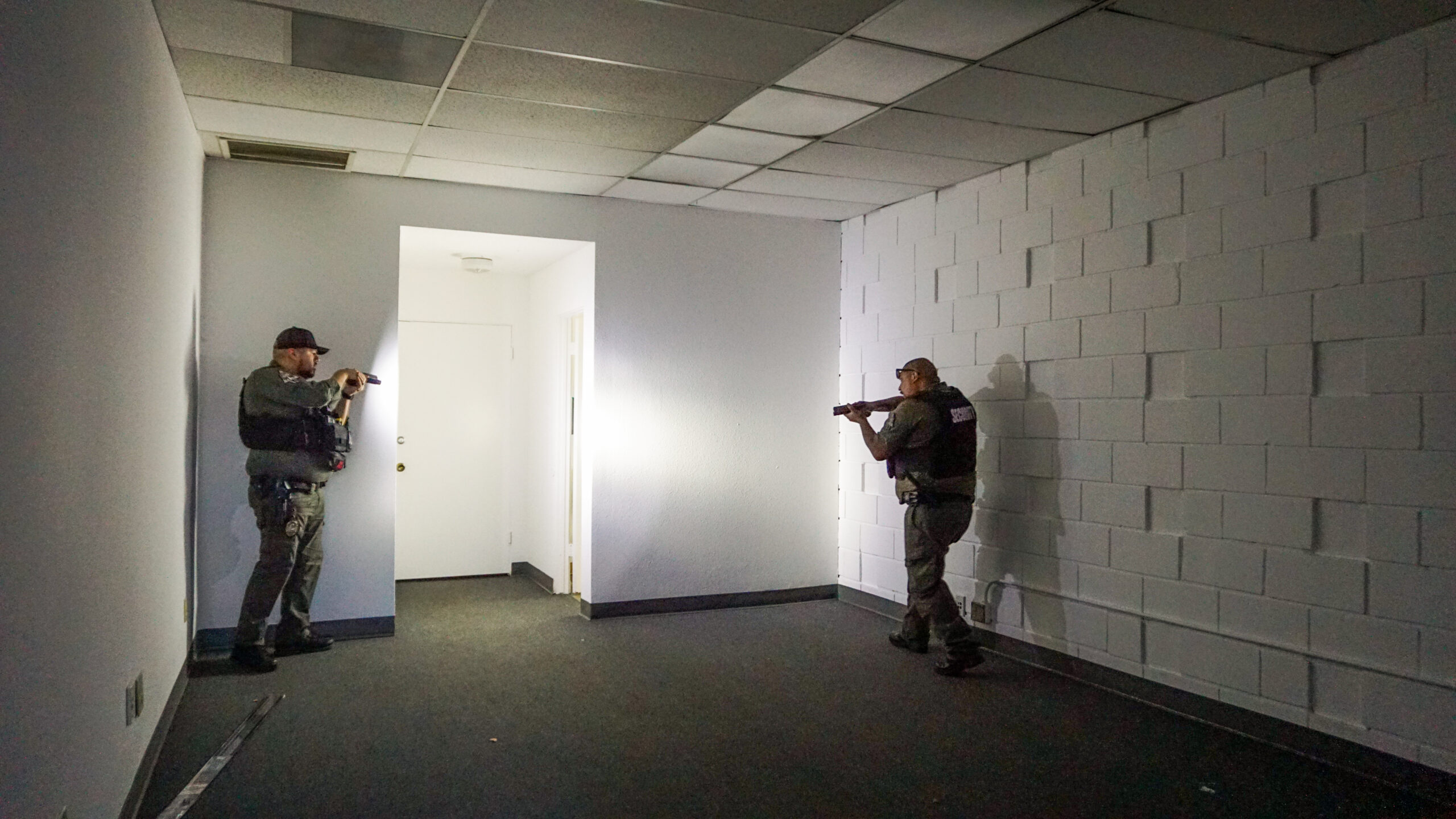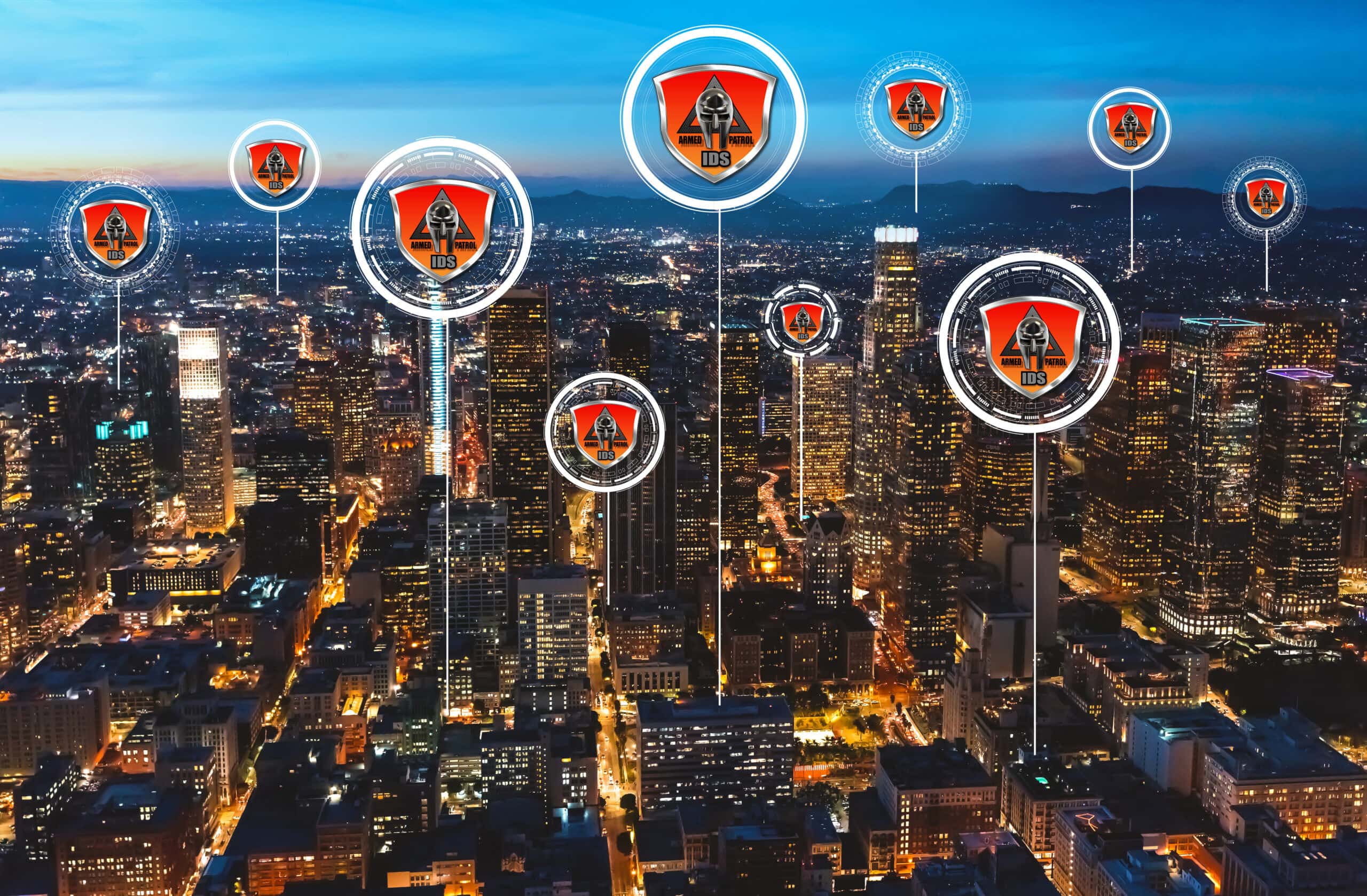In the evolving world of security, artificial intelligence (AI) is not just a buzzword but a pivotal force reshaping surveillance strategies and operational effectiveness. AI-driven surveillance represents a significant leap forward from traditional security methods, offering unprecedented capabilities in threat detection, data analysis, and incident prevention. This blog post delves into the transformative impact of AI on surveillance techniques and its implications for the future of security.
Enhanced Detection and Analysis
One of the most significant advantages of AI-driven surveillance is its ability to detect and analyze unusual activities or threats with unparalleled accuracy and speed. Unlike human operators, who may miss subtle details or become fatigued, AI systems can continuously monitor multiple feeds without interruption. They can identify specific patterns of behavior, recognize faces, and even detect weapons or items of interest in real-time. This enhanced detection capability allows for immediate response to potential security threats, significantly reducing the risk of harm or property damage.
Predictive Security Measures
AI does not just react to security events; it anticipates them. By analyzing vast amounts of data, AI-driven systems can identify potential security threats before they occur. This predictive approach to security, often referred to as “predictive policing,” enables organizations and law enforcement to allocate resources more effectively, focusing on areas of higher risk. The ability to foresee and mitigate risks before they materialize represents a paradigm shift in how we approach security and protection.
Cost Efficiency and Resource Optimization
Implementing AI in surveillance systems can lead to significant cost savings and resource optimization. By automating routine surveillance tasks, organizations can reduce the need for constant human monitoring, thereby lowering labor costs and minimizing human error. AI systems can cover more ground more efficiently, meaning fewer cameras and personnel are needed to secure the same area. Furthermore, the precision of AI-driven surveillance reduces false alarms and unnecessary responses, allowing security personnel to focus on genuine threats.
Scalability and Flexibility
AI-driven surveillance systems are highly scalable, meaning they can grow and adapt to the changing needs of a business or community. As security needs expand, AI systems can easily integrate additional cameras and data sources without the need for extensive reconfiguration. This flexibility ensures that security measures remain robust and comprehensive, regardless of the scale of operation.
Privacy and Ethical Considerations
While AI-driven surveillance offers numerous benefits, it also raises important questions about privacy and ethics. The power of AI to analyze and store vast amounts of personal data necessitates strict guidelines and transparency to prevent abuse and ensure respect for individual privacy. As AI becomes more prevalent in security, it is crucial for organizations to adhere to ethical standards and regulations to maintain public trust and protect individual rights.
Conclusion
The advent of AI-driven surveillance is transforming the security landscape, offering enhanced detection, predictive capabilities, cost efficiency, and scalability. However, as we navigate this new frontier, it is essential to balance innovation with ethical considerations and privacy concerns. By adopting AI responsibly, we can harness its full potential to create safer, more secure environments for everyone.
As the security industry continues to evolve, Iron Delta Security remains at the forefront, embracing AI-driven technologies to provide our clients with the most advanced, effective, and ethical security solutions available. Join us as we explore the future of security, powered by artificial intelligence.
Related Posts

In today's fast-paced world, the significance of staying ahead in security measures cannot be overstated. Real-time alert systems represent a critical component in modern security [...]

In an age where safety and security are paramount, Iron Delta Security is leading the charge with innovative solutions that redefine the standards of protection. [...]

In today's world, where security concerns are ever-evolving, Iron Delta Security stands as a beacon of reliability and expertise. Offering a wide range of [...]



